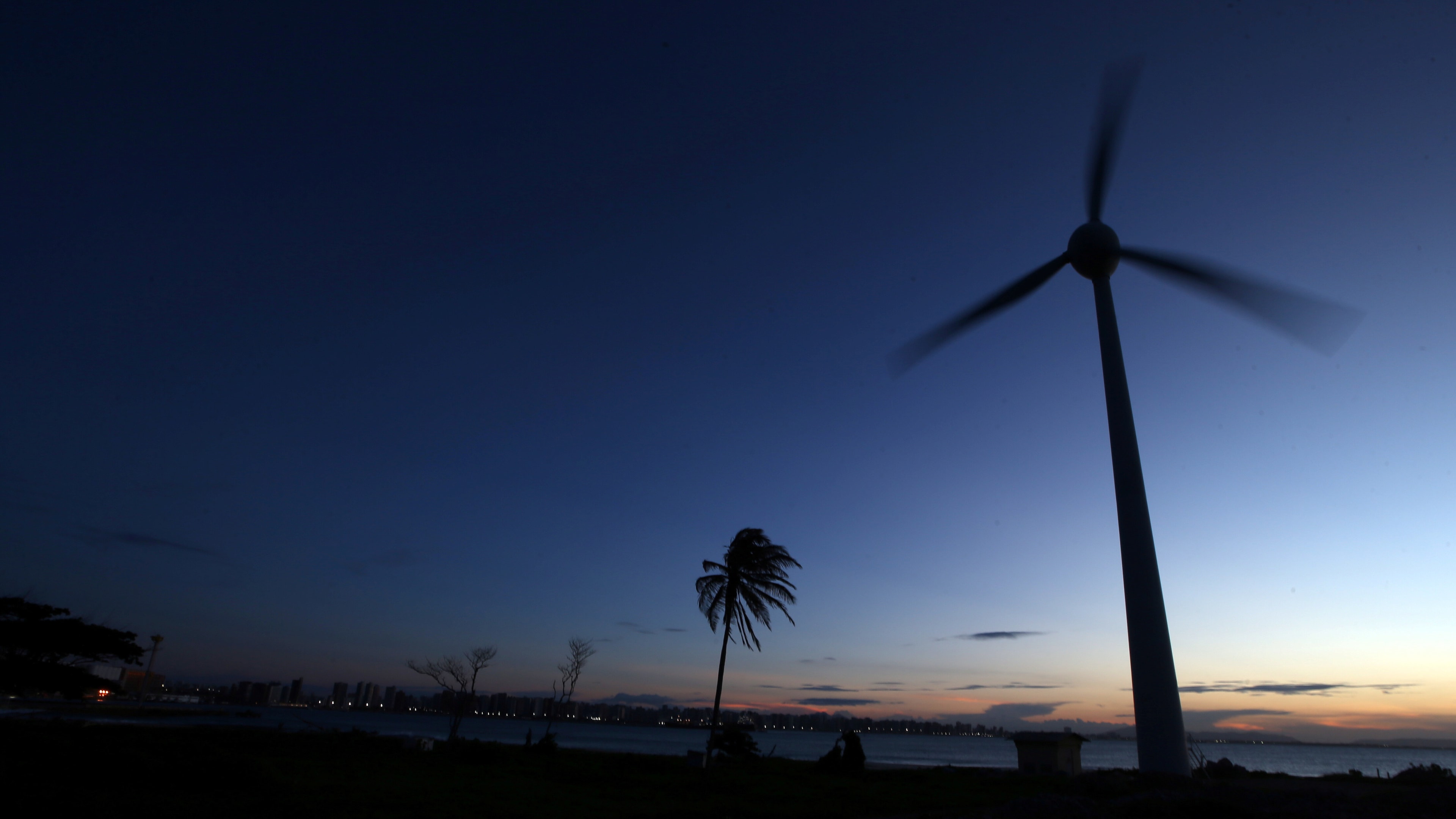Meanwhile, Antarctica's snow is turning green

An increase in temperature has caused blooms of algae to multiply in the Antarctic.
Image: Unsplash/Patrick Wittke
Stay up to date:
Antarctica
- On the Antarctic Peninsula, so-called snow algae are turning the snow green.
- The algae thrive on temperatures just above freezing, which are increasingly common.
- Antarctica's green snow could lay the groundwork for a whole new ecosystem.
With COVID-19's stranglehold on the news cycle, it's enough to wax nostalgic about the other varieties of existential dread that used to stalk our screens. But don't worry – there's still plenty to worry about. Global warming, for example, is still very much a going concern. In Antarctica, it's been turning the snow green. And no, that's not a good thing.
It's all happening on and near the Antarctic Peninsula, the bit of the Frozen Continent that juts out furthest north. It's one of the fastest-warming places on Earth. By some accounts, average annual temperatures have increased by almost 3°C (37.5°F) since the start of the Industrial Revolution (c. 1800).
The Peninsula is where, earlier this year, Antarctica's temperature topped 20°C for the first time on record. On 9 February 2020, Brazilian scientists logged 20.75°C (69.35°F) at Seymour Island, near the Peninsula's northern tip. Just three days earlier, the Argentinian research station at Esperanza, on the Peninsula itself, had measured 18.30°C (64.94°F), a new record for Antarctica's mainland.
Those warmer temperatures are not without consequences. Certainly the most spectacular one are the giant icebergs the size of small countries that occasionally calve off from the local ice shelves (see #849). Less dramatically, they've also led to an increase in microscopic algae that are coloring large swathes of snow green, both on the Peninsula itself and on neighboring islands.
These 'snow algae' are sometimes also known as 'watermelon snow', because they can produce shades of pink, red or green. The cause is a species of green algae that sometimes contains a secondary red pigment. Unlike other freshwater algae, it is cryophilic, which means that it thrives in near-freezing conditions.
This week sees the publication in the journal Nature Communications of the first ever large-scale map of the Peninsula's snow algae. Single-cell organisms they may be, but they proliferate to such an extent that the patches of snow and ice they turn a vivid green can be observed from space.
The team who produced this map actually did use data from the European Space Agency's Sentinel 2 constellation of satellites, adding field data collected on Adelaide Island (2017/18) and Fildes and King George Islands (2018/19).
Prepared over a six-year period by biologists from Cambridge University in collaboration with the British Antarctic Survey, the map identifies 1,679 separate 'blooms' of the snow algae.
The largest bloom they found, on Robert Island in the South Shetland Islands, was 145,000 m2 (almost 36 acres). The total area covered by the green snow was 1.9 km2 (about 0.75 sq. mi). For comparison: Other vegetation on the entire peninsular area covers about 8.5 km2 (3.3 sq. mi).
For the algae to thrive, the conditions need to be just right: water needs to be just above freezing point to give the snow the right degree of slushiness. And that's happening with increasing frequency on the Peninsula during the Antarctic summer, from November to February.
Like other plants, the green algae use photosynthesis to grow. This means they act as a carbon sink. The researchers estimate that the algae they observed remove about 479 tons of atmospheric CO2 per year. That equates to about 875,000 average UK car journeys, or 486 flights between London and New York.
That's not counting the carbon stored by the red snow algae, which were not included in the study. The red algae are estimated to cover an area at least half of the green snow algae, and to be less dense.
About two-thirds of the algal blooms studied occurred on the area's islands, which have been even more affected by regional temperature rises than the Peninsula itself.
The blooms also correlate to the local wildlife - in particular to their poop, which serves as fertiliser for the algae. Researchers found half of all blooms occurred within 100 m (120 yards) of the sea, almost two-thirds were within 5 km (3.1 miles) of a penguin colony. Others were near other birds' nesting sites, and where seals come ashore.
Accept our marketing cookies to access this content.
These cookies are currently disabled in your browser.
Don't miss any update on this topic
Create a free account and access your personalized content collection with our latest publications and analyses.
License and Republishing
World Economic Forum articles may be republished in accordance with the Creative Commons Attribution-NonCommercial-NoDerivatives 4.0 International Public License, and in accordance with our Terms of Use.
The views expressed in this article are those of the author alone and not the World Economic Forum.
Related topics:
Forum Stories newsletter
Bringing you weekly curated insights and analysis on the global issues that matter.
More on Climate ActionSee all
Lim Chow-Kiat
August 21, 2025
Tom Crowfoot
August 20, 2025
Charlotte Edmond and Rebecca Geldard
August 19, 2025
Yufang Jia and William Jernigan
August 18, 2025
Jürgen Karl Zattler and Adrian Severin Schmieg
August 18, 2025
Piyush Verma
August 18, 2025







